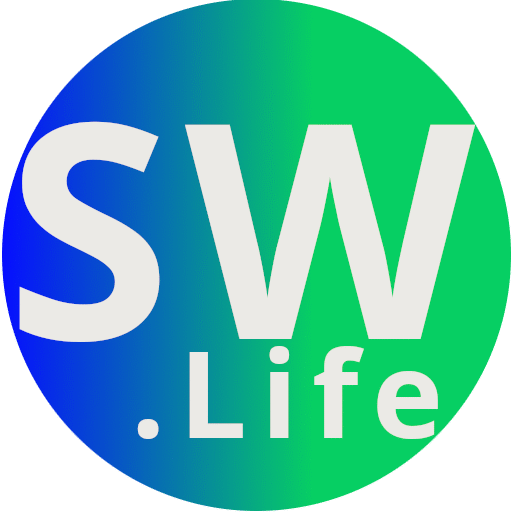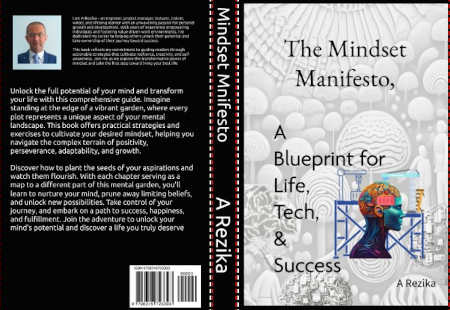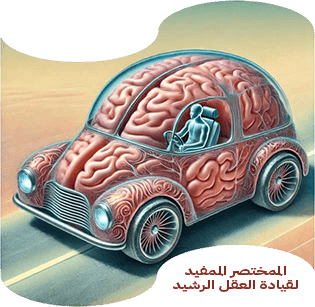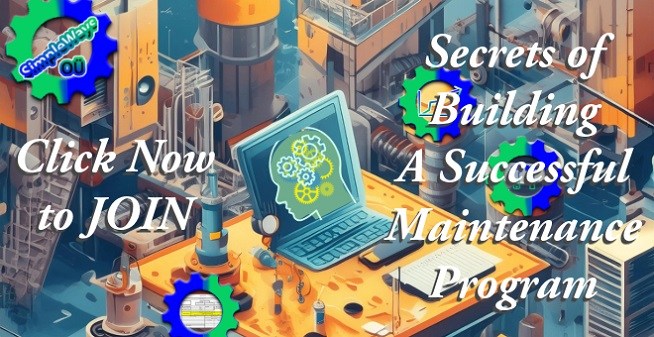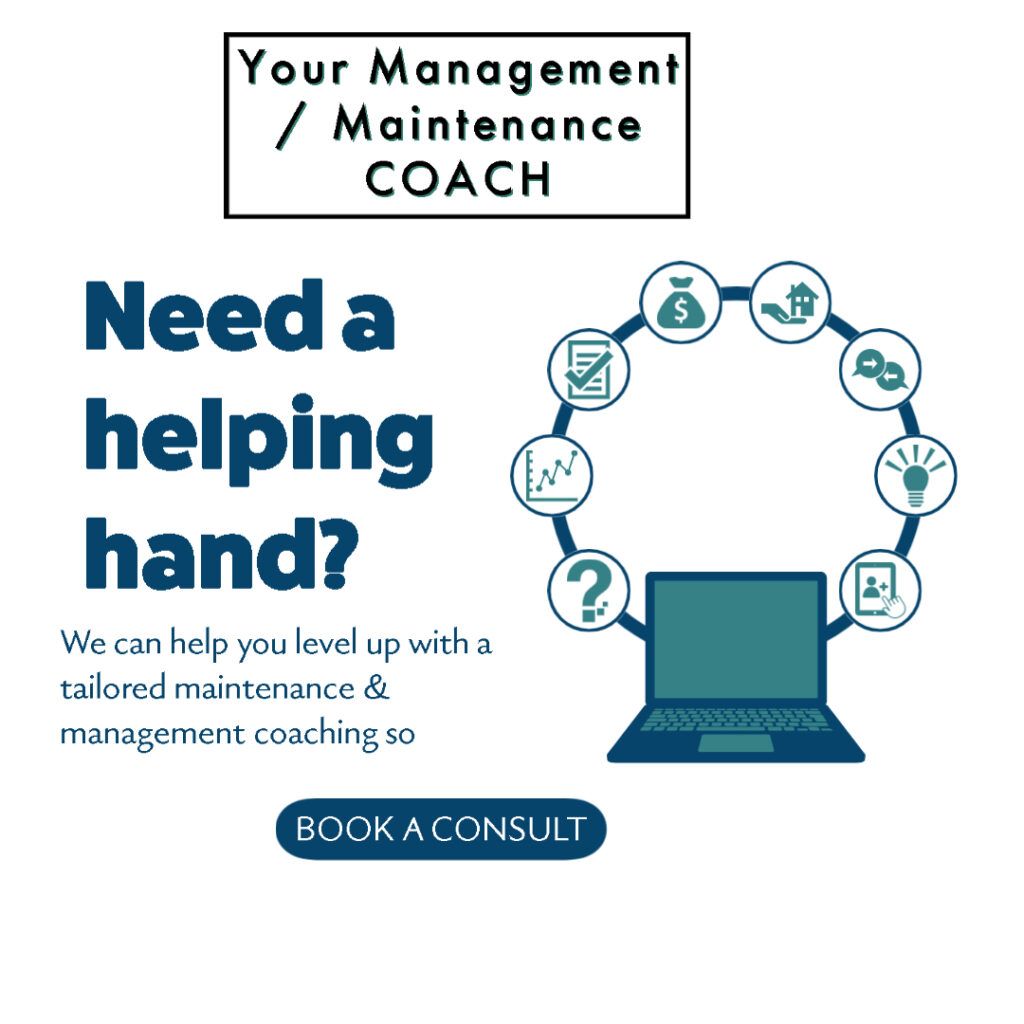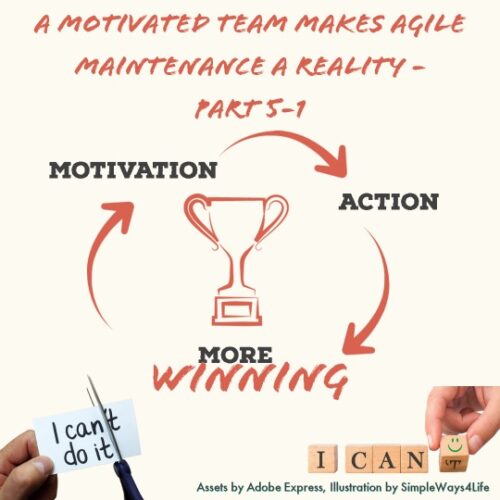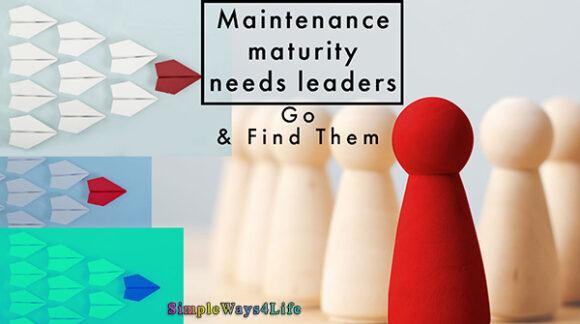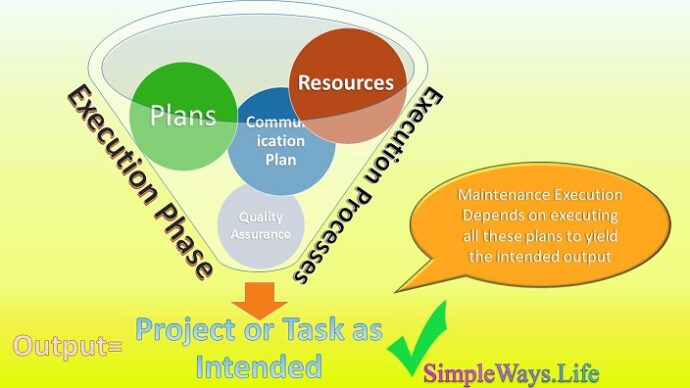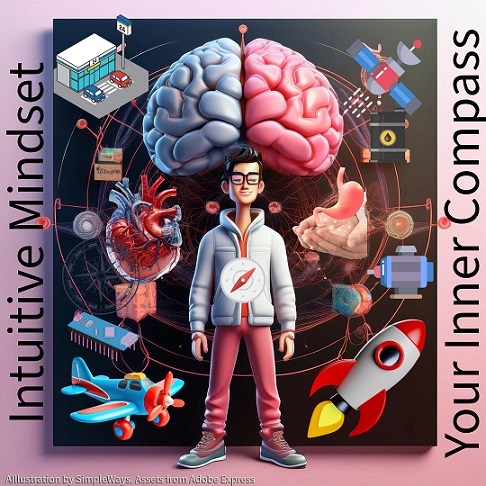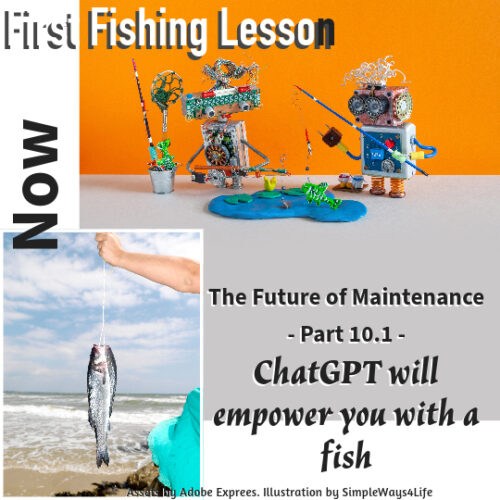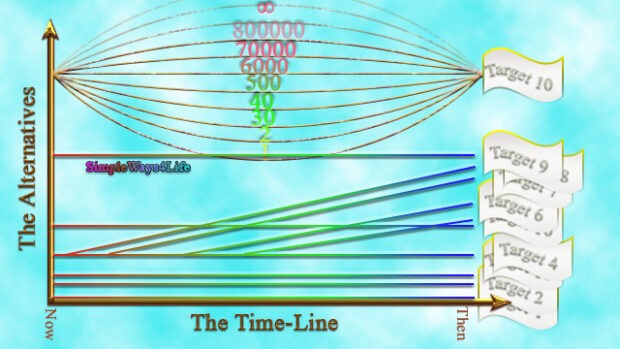Our Dynamic Self requires expanding containers to flourish. When the organization refuses to provide these, professional growth becomes stunted or redirected toward less fulfilling paths. That was our main focus in the previous article: What restricts the growth of our Dynamic self?
As we are now well aware of the restrictions imposed on the growth of our Dynamic Self, let’s explore the hope and the free skies to grow. As wisely said by Margaret Wheatley: “We have created our perceptions with the realization that whatever that inner theater is, it’s all made up. It’s all made up and you can change it through discipline and practice and awareness. ” Let’s keep in mind that in nature, growth occurs not from uniform addition, but from harmonious relationship with the environment. Our professional selves require this same ecological attunement—environments that recognize and respond to our evolving capabilities, aspirations, and potential.
Ready to transform your mindset? Click and Get your copy > Now For Sale on Simpleways.life & Amazon
Strategies for Creating Environments that Nurture and Safeguard Our Dynamic Self
Creating environments that support our Dynamic Self requires deliberate attention to both personal practices and organizational structures. Rather than accepting rigid containers for our identity, we can intentionally shape spaces that allow for continuous evolution and growth.
Cultivate Psychological Safety
Harvard organizational psychologist Amy Edmondson’s research on psychological safety provides perhaps the most essential framework for nurturing our Dynamic Self. She defines psychological safety as “a belief that one will not be punished or humiliated for speaking up with ideas, questions, concerns, or mistakes.”
This safety creates the foundation for identity exploration. When we feel secure enough to experiment with new aspects of ourselves—trying out leadership roles, expressing creative ideas, or acknowledging limitations—we enable natural evolution. As Edmondson notes, “In psychologically safe environments, people believe that if they make a mistake or ask for help, others will not react badly.”
Practical approaches to building psychological safety include:
- Modeling vulnerability by acknowledging your own learning edges
- Framing work as learning problems rather than execution problems
- Responding to others’ risk-taking with appreciation rather than judgment
- Creating regular opportunities for low-stakes experimentation
Design for Learning Edges
Our Dynamic Self thrives at what psychologist Lev Vygotsky called the “zone of proximal development”—challenges just beyond our current capabilities that stretch us without overwhelming us. Static environments often place people either in comfort zones (leading to stagnation) or panic zones (triggering defensive responses).
To nurture growth, we can intentionally design environments that create appropriate challenges:
- Seek projects that require 15-20% growth beyond current capabilities
- Establish mentoring relationships with those slightly ahead in their journey
- Create feedback systems that identify both strengths and development areas
- Rotate responsibilities to prevent identity calcification

BESTPRICE26NOV1DEC25
Create Identity Workspace
Developmental psychologist Robert Kegan emphasizes that growth requires both challenge and support. Kegan particularly in his framework of Deliberately Developmental Organizations (DDOs) points to organizations that are designed to integrate personal development into the fabric of work life. This fosters environments where employees can explore their full potential and address challenges constructively In his framework of “deliberately developmental organizations,” he suggests creating what management scholar Herminia Ibarra calls “identity workspaces”—environments specifically designed for exploring new aspects of professional identity.
These spaces might include:
- Cross-functional projects that allow testing new professional skills
- Temporary leadership assignments that expand self-perception
- Communities of practice that normalize continuous learning
- Reflection rituals that integrate new experiences into evolving identity
Ready to transform your mindset? Click and Get your copy > Now For Sale on Simpleways.life & Amazon
Balance Structure and Flexibility
Paradoxically, the Dynamic Self needs both structure and freedom to thrive. Too much structure constrains natural evolution, while too little provides insufficient containment for growth. The art lies in creating what organizational theorist Karl Weick calls “semi-structures”—frameworks solid enough to provide direction but flexible enough to adapt.
This balance manifests in:
- Clear core values coupled with freedom in implementation approaches
- Defined roles with built-in evolution pathways
- Regular evaluation paired with adaptation opportunities
- Communities that honor both tradition and innovation
Practice Conscious Role Crafting
Rather than accepting roles as fixed containers, we can engage in what management researchers call “job crafting”—the proactive reshaping of work boundaries. This practice acknowledges our agency in defining professional identity rather than passively accepting external definitions.
Effective role crafting includes:
- Expanding task boundaries to incorporate emerging interests
- Building relationships that reflect evolving professional identity
- Reframing the purpose of work to align with developing values
- Negotiating explicit role evolution with supervisors and colleagues
The environments that nurture our Dynamic Self recognize that identity is not a fixed attribute but an ongoing conversation between our internal evolution and external contexts. By deliberately shaping these contexts, we create the conditions for sustainable growth rather than stagnation or fragmentation.
Conclusion: Let’s Safeguard Our Dynamic Self
Throughout this exploration, we’ve examined how our professional environments can either constrain or nurture our Dynamic Self. We’ve seen how organizational structures, colleague interactions, and cultural expectations create powerful frames that shape our identity. From Goffman’s concept of “institutional selves” to Edmondson’s research on psychological safety, we’ve uncovered the social and psychological dimensions that influence our continuous evolution.
The strategies we’ve discussed—cultivating psychological safety, designing for appropriate learning edges, creating identity workspaces, balancing structure with flexibility, and practicing conscious role crafting—provide practical approaches for safeguarding our naturally evolving identity against rigidity and stagnation. By implementing these approaches, we can create environments that honor rather than imprison our Dynamic Self.
Yet even the most nurturing environments cannot fully prepare us for major life transitions—those pivotal moments when our identity undergoes significant reconstruction. Whether changing careers, taking on leadership roles, experiencing major organizational shifts, or navigating personal transformations, these transitions demand heightened self-awareness to navigate successfully.
In our next article, we will explore “Practical Approaches to Maintaining Self-Awareness During Major Transitions.” We’ll examine how to:
- Recognize the identity disruption that accompanies significant change
- Develop transition rituals that honor both past and emerging selves
- Harness the power of narrative to integrate changing self-perceptions
- Build support systems specifically designed for identity transformation
- Utilize reflection practices that illuminate growth during uncertainty
These approaches will complete our exploration of the Dynamic Self, providing a comprehensive framework for not just understanding but actively nurturing our continuously evolving identity.
Until then, consider which environments in your life currently support your natural evolution and which might be constraining it. What small steps might you take to create more psychological safety for yourself and others? How might you begin crafting your role to better align with your evolving identity? These initial practices will prepare you for our deeper dive into navigating major transitions with heightened self-awareness.
If you feel you need help with any of these ideas we discussed, request a Management Consultancy or Coaching Services From our Store
